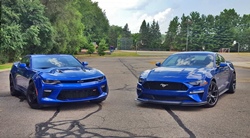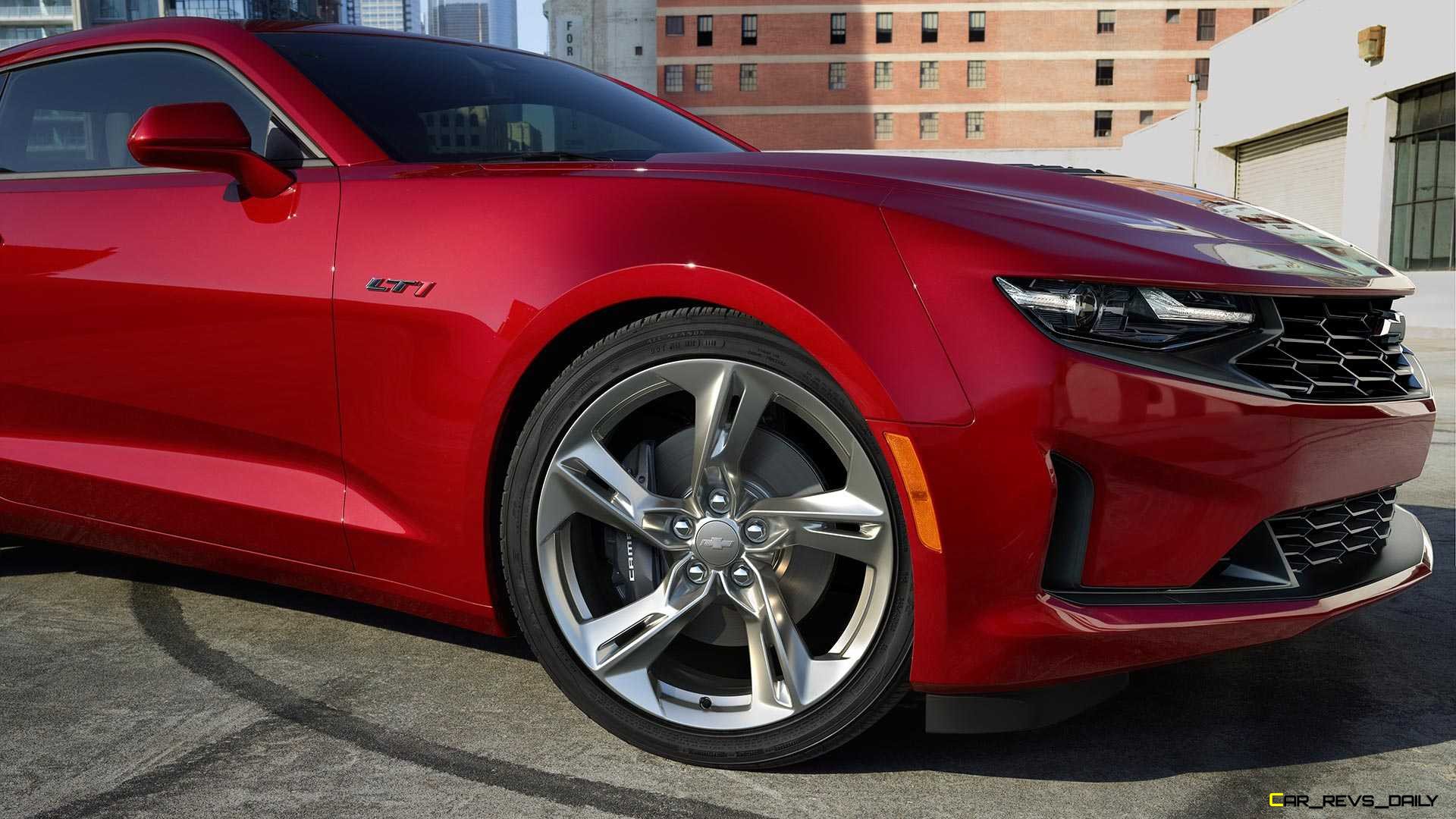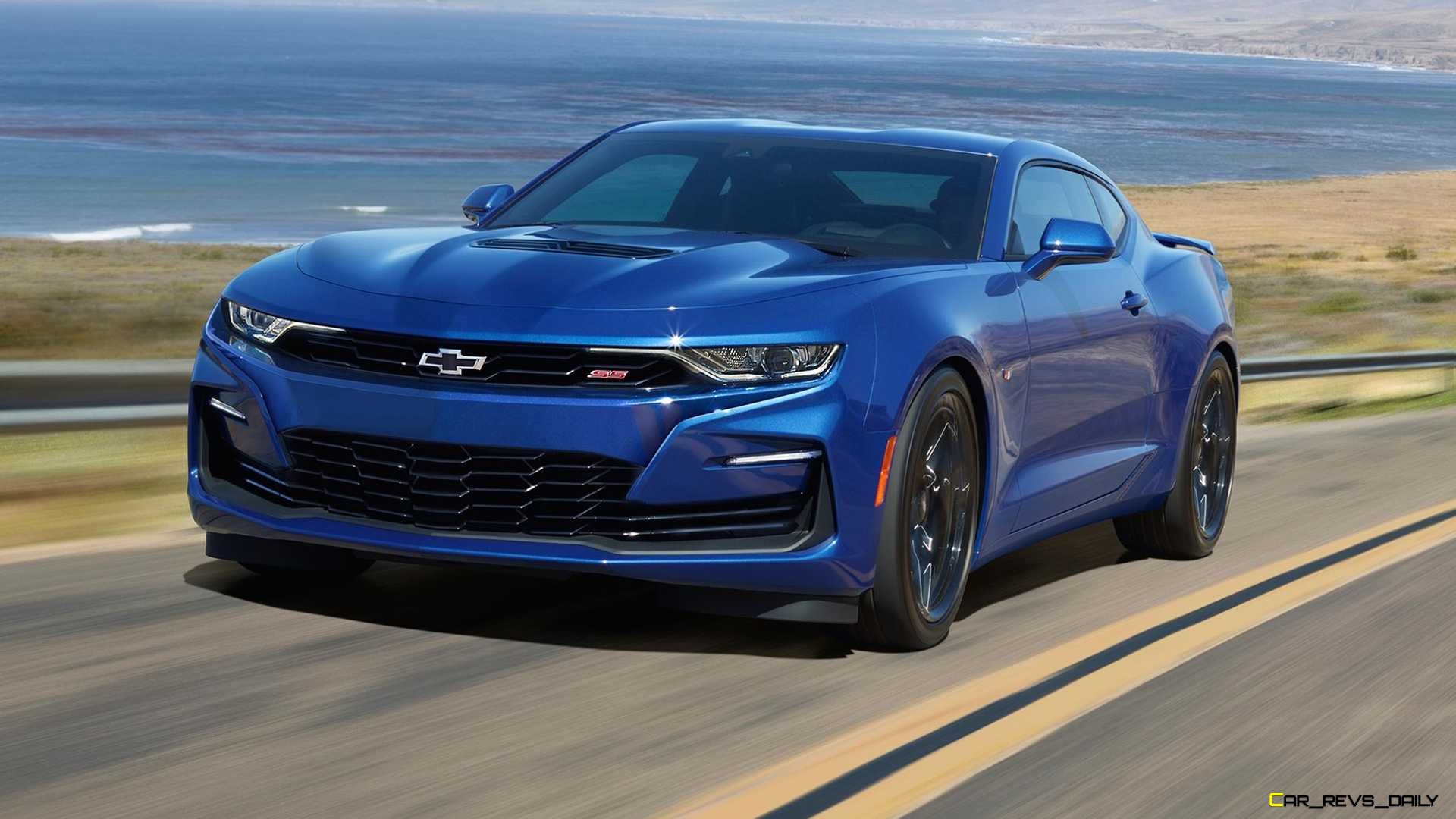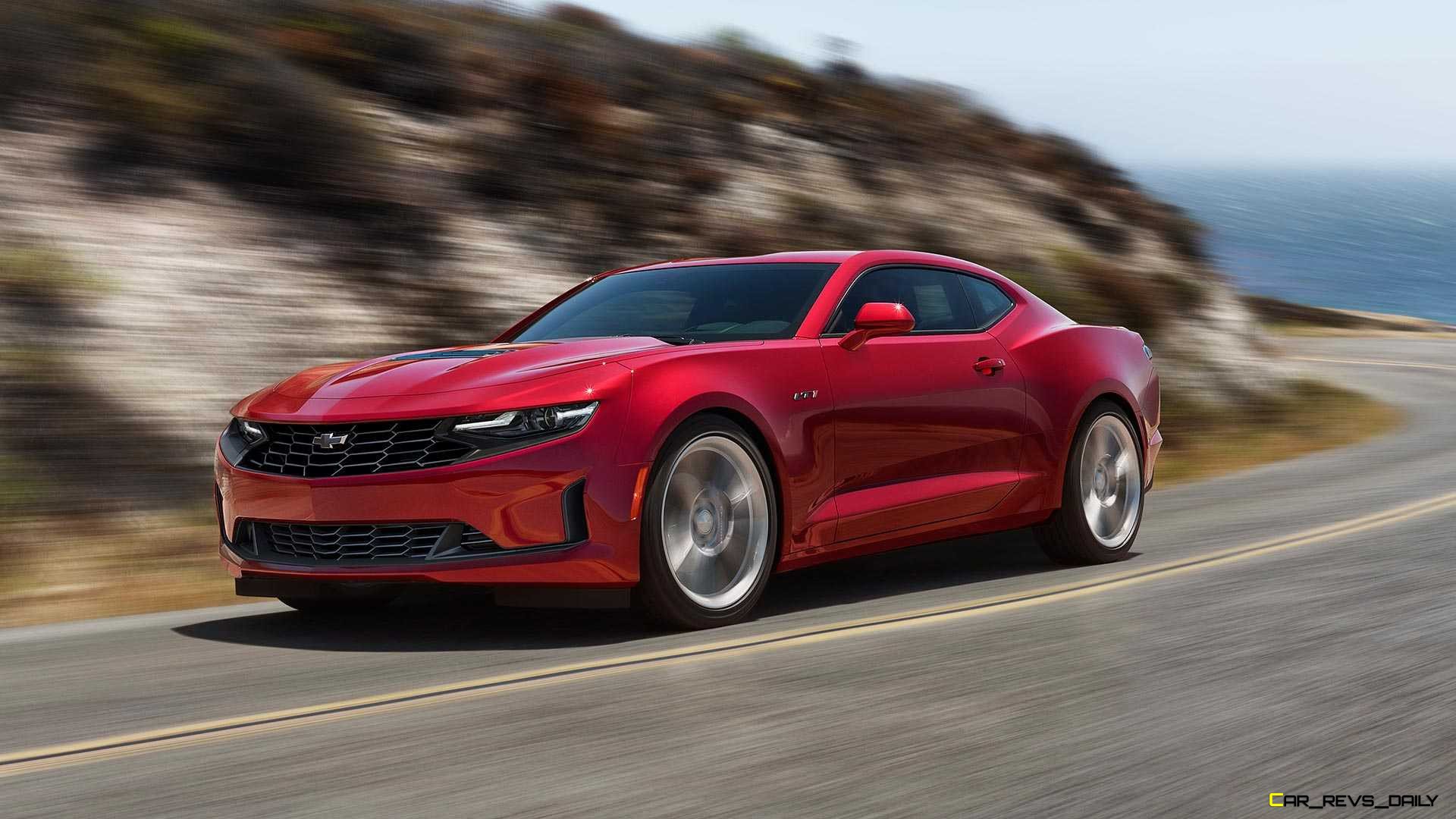If your a fan of the Chevrolet Camaro, then the past few years might have been the equivalent of an asteroid crashing into the planet. Sales for the Camaro have been in perpetual free fall for the past few years, and recent moves by GM appear to indicate that the model’s days are numbered. The latest sign of the guillotine creeping closer to the Camaro is a recently published version of GM’s Dealer Fleet order guide, which no longer lists the 1LE V6 and turbocharged four-cylinder models for 2022.
Low Camaro Sales Lead To Regression
When Chevrolet first expanded the 1LE package to the V6 and four-cylinder models a few years ago. It was supposed to be a rather ingenious way to expand the package’s appeal, bringing several track-focused upgrades to the Camaro. The V6 and the four-cylinder versions would be budget-focused enthusiast specials for buyers that wanted the look and some of the performance of the 1LE but without paying the V8’s high price tag. It also helped that both of these lower-end 1LEs retained the trademark matte black hood and package exclusive 20-inch wheels.
The equipment that the two offered mainly focused on improving the Camaro’s handling in track-focused driving. That included the SS model’s FE3 suspension, sticky Goodyear Eagle F1 summer tires, mechanical slip differential, a Camaro SS sourced fuel system, and more. Move to the V6 1LE, and the buyer can equip it with an optional Dual-Mode exhaust and even an auxiliary engine coolant reservoir. The $4,500 premium is also a reasonable price to pay for adding some extra sizzle to a low-end Camaro model.
First spotted by the folks at Muscle Cars & Trucks, the guide doesn’t dive into too much detail about why they were removed in the first place, but as mentioned, it doesn’t take a lot of sleuthing to see that the Camaro is in big sales trouble. The Camaro’s strongest sales performance was in 2012 when the model sold 91,314 units. While there was a brief period during the next two years where they stabilized to roughly 80,000 units sold, the Camaro has since fallen off a cliff, with Chevrolet only selling a mere 29,775 cars in 2020. That’s a massive decline and is usually a sign that a model is nearing the end of the road.
Other Factors In-Play
But why is their sagging demand for the Camaro in the first place? Part of it is because the current generation Camaro lacks some of the key things that car buyers expect from a muscle car offering. For example, it has the smallest trunk out of the current crop of high-powered muscle machines. While the Camaro was not designed to be the top choice grocery hauler, the pitiful trunk also affects how some owners would pack for a brisk getaway or even a family gathering, in our case during our time in a V8 equipped 1LE a few years ago.
The Camaro has also been feeling the heat from rapidly surging demand in SUV and pickups. Both of those segments have been a raging bonfire of profits for General Motors. The company has accordingly shifted its marketing towards those models versus slower selling models like the Camaro. As a result, the Camaro has had less air time in traditional advertising, which has helped tamper down demand.
What’s Next?
The only saving grace is that Chevrolet has not formally confirmed that it is chopping the Camaro, and for the moment, it appears that it will still be in production. But with its cratering sales, the prospects of a completely updated next-generation Camaro are rapidly becoming a dim prospect.
However, there’s a chance that the Camaro could soldier on for a few more years, especially as GM would need time to not only get the final units built but also to give dealers adequate time to clear any lingering Camaro’s from their inventory. Hopefully, Chevrolet will have a few more surprises in the wings to help the Camaro go out with a bang versus a very subdued whimper.

Carl Malek has been an automotive journalist for over 10 years. First starting out as a freelance photographer before making the transition to writing during college, his work has appeared on numerous automotive forums as well as websites such as Autoshopper.com.
Carl is also a big fan of British vehicles with the bulk of his devotion going to the Morgan Motor Company as well as offerings from Lotus, MG, and Caterham. When he is not writing about automobiles, Carl enjoys spending time with his family and friends in the Metro Detroit area, as well as spending time with his adorable pets.



